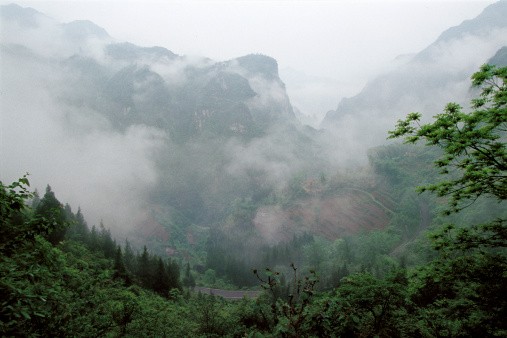China’s greening campaign is under fire as a study published on Wednesday, May 3, suggested that the project’s successes were overstated, according to a report by the New York Times.
It is estimated that the country has spent over $100 billion in efforts to replant trees and grow new forests across the country as part of the tree-planting project.
“Planting trees now will benefit our future generations, and we should roll up our sleeves to plant more trees year after year, generation after generation,” President Xi Jinping told an audience during a tree-planting ceremony in Beijing last March.
Initially, the campaign received praise for being a success. According to data from the United Nations, China gained approximately 167,000 square miles of forest within a 10-year period. The figure was corroborated by China, whose estimates are close to that of the U.N.’s.
A recent study published in the Proceedings of the Royal Society B, however, suggests that Chinese officials have overstated the tree-planting project’s success. By analyzing high-resolution photos, the authors of the study have found out that China actually only gained 12,741 square miles of forest from 2000 to 2010.
“China’s forests are not as green as we think,” Xu Jianchu, one of the study’s co-authors and a professor of ethnoecology at Kunming Institute of Technology, told the New York Times in an interview.
The final nail in the coffin was that the researchers also found out most of the new forests reported by the government were not trees but just shrubs.
According to Lu Zhi, a conservation biologist from Peking University, the findings of the study are consistent with new research that indicates China failed to significantly increase its forest resources despite the billion-dollar investment and the extensive tree-planting projects.
In regard to the United Nations data, the authors of the study asserted that the U.N. figure was much higher as it also counted new plantations as well as bare land planned for tree-planting projects.



























